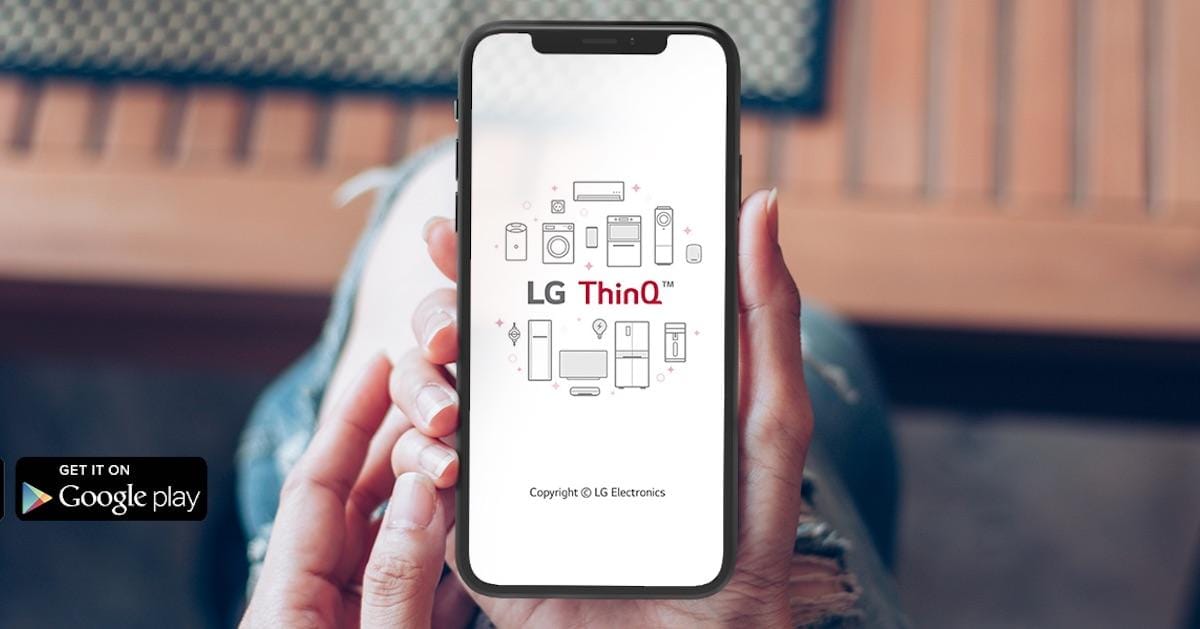The Consumer Electronics Show (CES) has long been a platform for innovative technology, showcasing the latest advancements in consumer electronics. This year, one of the standout products is a device that has been playfully referred to as the “phone toaster.” This device has captured the imagination of attendees and tech enthusiasts alike with its bold claim: the ability to fully charge a smartphone in under five seconds. However, as with many groundbreaking technologies, the reality of its performance and practicality is more nuanced.
The phone toaster, developed by a startup company, aims to revolutionize the way we think about charging our devices. Traditional charging methods can be time-consuming, often requiring hours to fully recharge a smartphone. The phone toaster proposes a solution to this problem by utilizing advanced technology that purportedly allows for rapid charging. The device resembles a small toaster, complete with slots for smartphones, and it has been designed to be user-friendly and visually appealing.
During the CES demonstration, the phone toaster was showcased charging various smartphone models in mere seconds. Attendees watched in awe as the device seemingly transformed the charging experience. However, the excitement was tempered by questions regarding the technology behind this rapid charging capability. The company has not disclosed specific details about the charging mechanism, leading to skepticism among industry experts and consumers alike.
One of the primary concerns surrounding the phone toaster is the potential impact on battery health. Rapid charging can generate significant heat, which may adversely affect the longevity of a smartphone’s battery. While the device claims to incorporate safety features to mitigate this risk, the long-term effects of such fast charging on battery life remain uncertain. Experts in the field of battery technology have expressed the need for further research to understand the implications of this new charging method.
Additionally, the phone toaster’s compatibility with various smartphone models is another point of contention. While the device was demonstrated with popular brands, it is unclear whether it will support all devices on the market. The charging ports and specifications of smartphones vary widely, and ensuring universal compatibility could pose a significant challenge for the company.
The marketing strategy surrounding the phone toaster has also raised eyebrows. The device has been positioned as a must-have gadget for tech enthusiasts, with promotional materials emphasizing its speed and convenience. However, some industry analysts caution that the hype may not align with the practical realities of everyday use. Consumers may find that while the idea of a five-second charge is appealing, the actual experience may differ once the device is available for purchase.
As the CES event continues, the phone toaster has sparked discussions about the future of charging technology. The concept of ultra-fast charging is not new, but the phone toaster’s approach has brought it to the forefront of consumer consciousness. Companies are increasingly exploring ways to enhance charging speeds, and the phone toaster may serve as a catalyst for further innovation in this area.
In the broader context of technology trends, the phone toaster reflects a growing consumer demand for convenience and efficiency. As smartphones become integral to daily life, the need for faster charging solutions is more pressing than ever. The phone toaster’s introduction at CES highlights the industry’s response to this demand, even as it raises important questions about safety, compatibility, and practicality.
In conclusion, the phone toaster has emerged as a viral sensation at CES, captivating audiences with its promise of rapid smartphone charging. While the device showcases the potential for innovation in charging technology, it also invites scrutiny regarding its feasibility and long-term implications. As the tech community awaits further details and real-world testing, the phone toaster stands as a symbol of the ongoing quest for faster, more efficient ways to power our devices.


